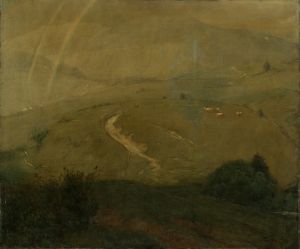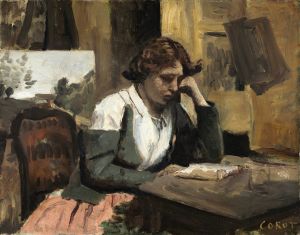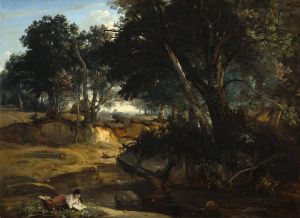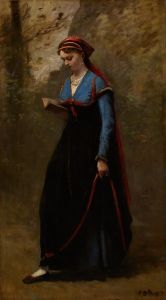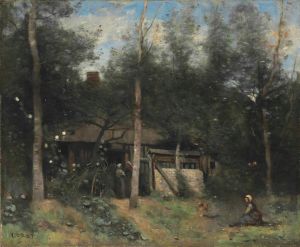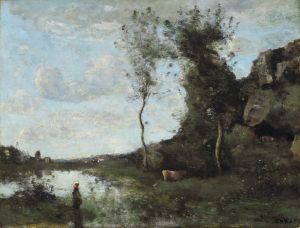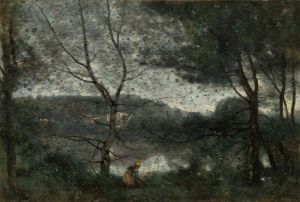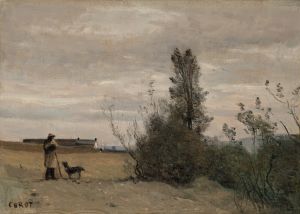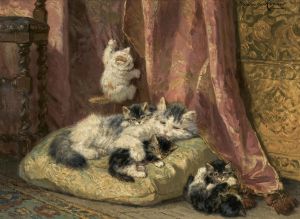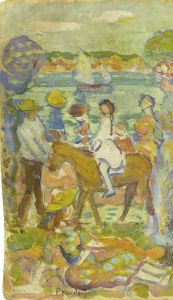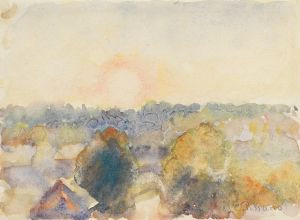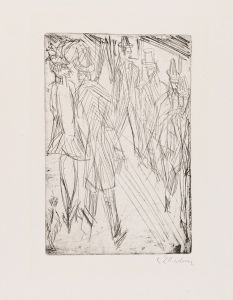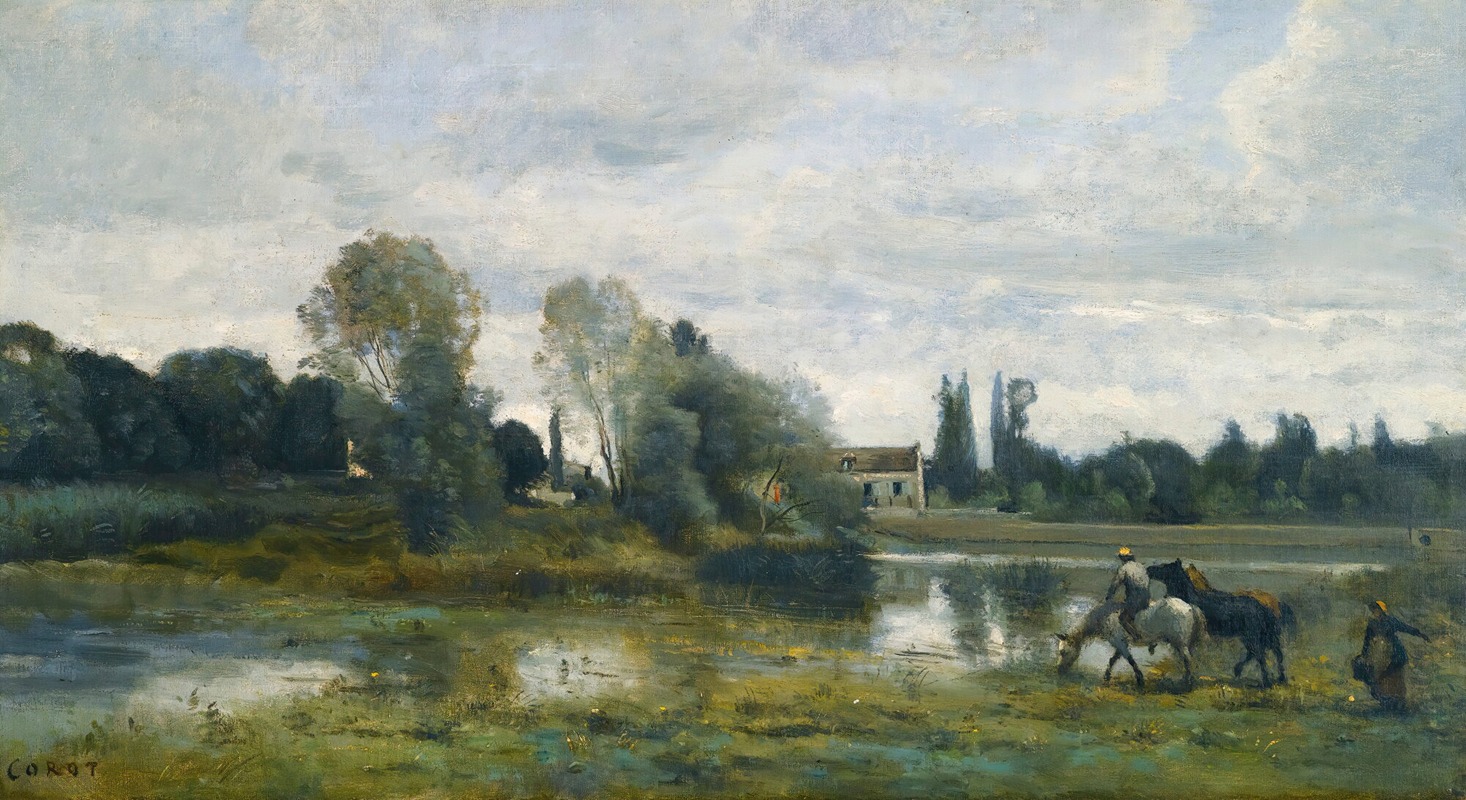
Ville D’avray; L’abreuvoir Des Chevaux
A hand-painted replica of Jean-Baptiste-Camille Corot’s masterpiece Ville D’avray; L’abreuvoir Des Chevaux, meticulously crafted by professional artists to capture the true essence of the original. Each piece is created with museum-quality canvas and rare mineral pigments, carefully painted by experienced artists with delicate brushstrokes and rich, layered colors to perfectly recreate the texture of the original artwork. Unlike machine-printed reproductions, this hand-painted version brings the painting to life, infused with the artist’s emotions and skill in every stroke. Whether for personal collection or home decoration, it instantly elevates the artistic atmosphere of any space.
Jean-Baptiste-Camille Corot was a pivotal figure in landscape painting during the 19th century, and his work "Ville D’avray; L’abreuvoir Des Chevaux" is an exemplary piece that showcases his mastery in capturing the serene beauty of nature. Born in Paris in 1796, Corot became one of the leading figures of the Barbizon School, a movement that emphasized naturalism and the depiction of rural landscapes.
"Ville D’avray; L’abreuvoir Des Chevaux" translates to "Ville D’avray; The Horse Watering Place," and it reflects Corot's deep connection to the village of Ville-d'Avray, located near Paris. This village held personal significance for Corot, as his family owned a house there, and it became a recurring subject in his work. The painting is a testament to Corot's ability to blend realism with an almost poetic atmosphere, a hallmark of his style.
The composition of the painting is characterized by its tranquil setting, where horses are depicted drinking from a watering place. Corot's use of light and shadow is subtle yet effective, creating a harmonious balance that draws the viewer into the scene. The soft, muted colors and delicate brushwork are typical of Corot's approach, which often sought to capture the ephemeral qualities of light and atmosphere.
Corot's technique involved working en plein air, or painting outdoors, which allowed him to observe and render the natural world with immediacy and authenticity. This method was relatively innovative at the time and laid the groundwork for future movements such as Impressionism. In "Ville D’avray; L’abreuvoir Des Chevaux," Corot's attention to detail and his ability to convey the quietude of the countryside are evident, reflecting his deep appreciation for nature.
The painting also demonstrates Corot's skill in composition, as he carefully arranges the elements within the scene to guide the viewer's eye. The placement of the horses, the reflections in the water, and the surrounding foliage all contribute to a sense of depth and perspective. This thoughtful arrangement enhances the overall impact of the painting, making it a compelling representation of rural life.
Corot's influence extended beyond his own work, as he became a mentor to many younger artists who would go on to shape the future of art. His emphasis on capturing the natural world with sincerity and emotion resonated with artists such as Claude Monet and Camille Pissarro, who admired Corot's ability to convey mood and atmosphere.
"Ville D’avray; L’abreuvoir Des Chevaux" is a significant work within Corot's oeuvre, as it encapsulates the themes and techniques that define his contribution to art. It remains a celebrated piece, appreciated for its beauty and its role in the evolution of landscape painting. Through this painting, Corot invites viewers to experience the tranquility and simplicity of the natural world, a testament to his enduring legacy as a master of landscape art.





